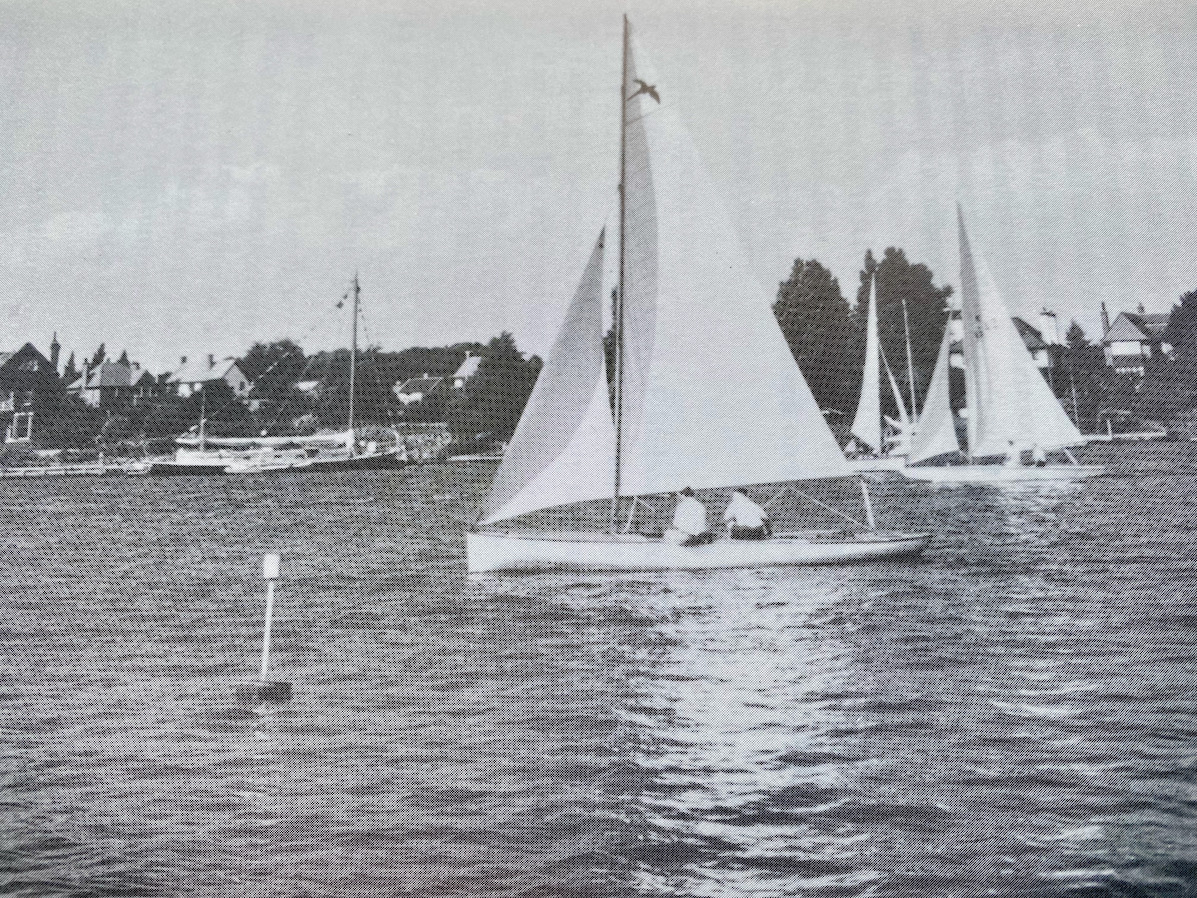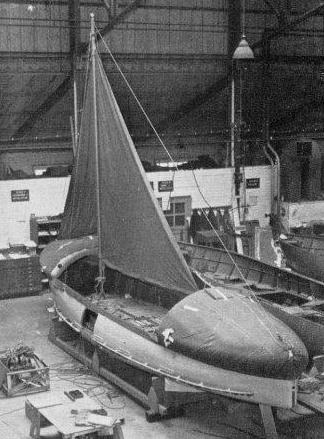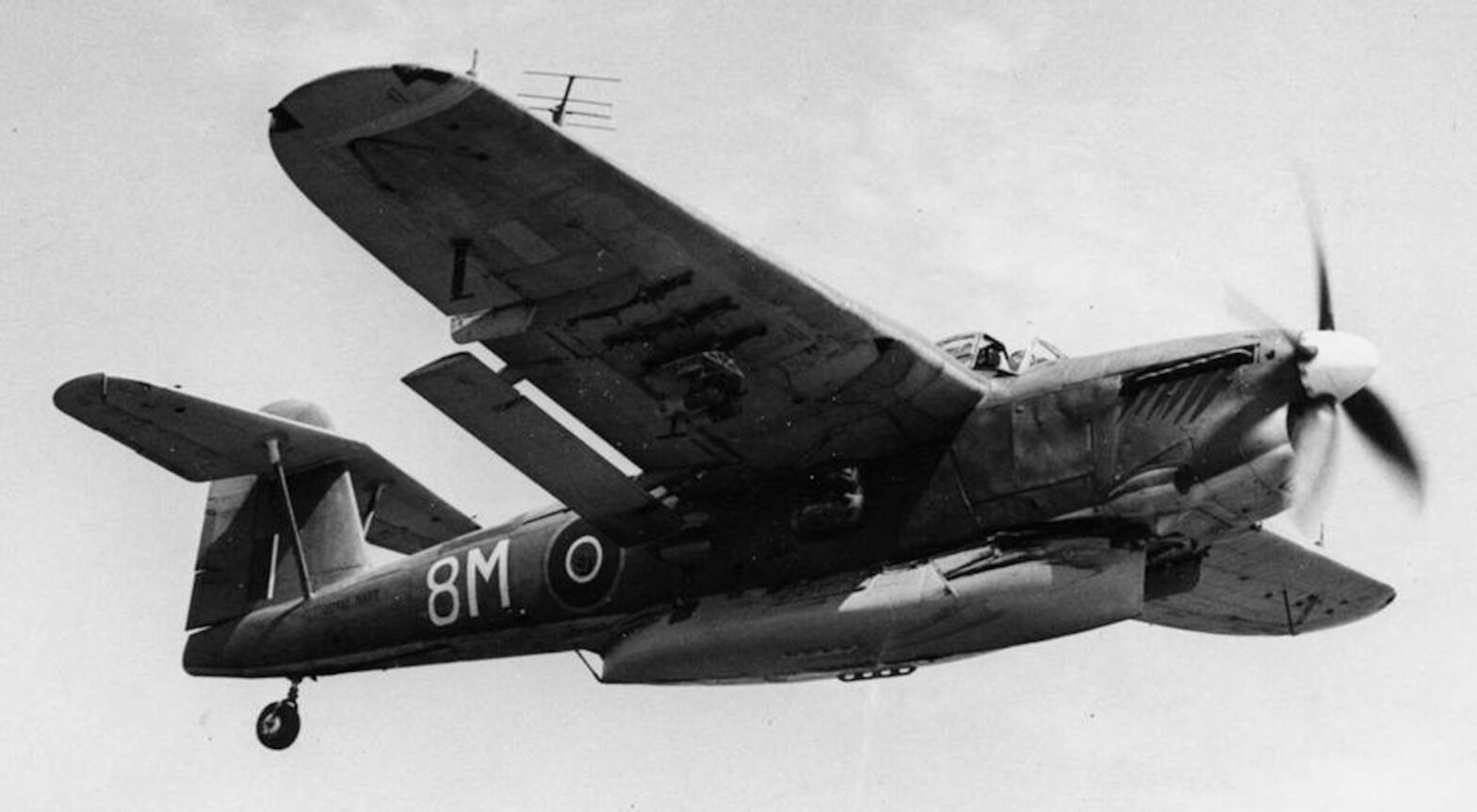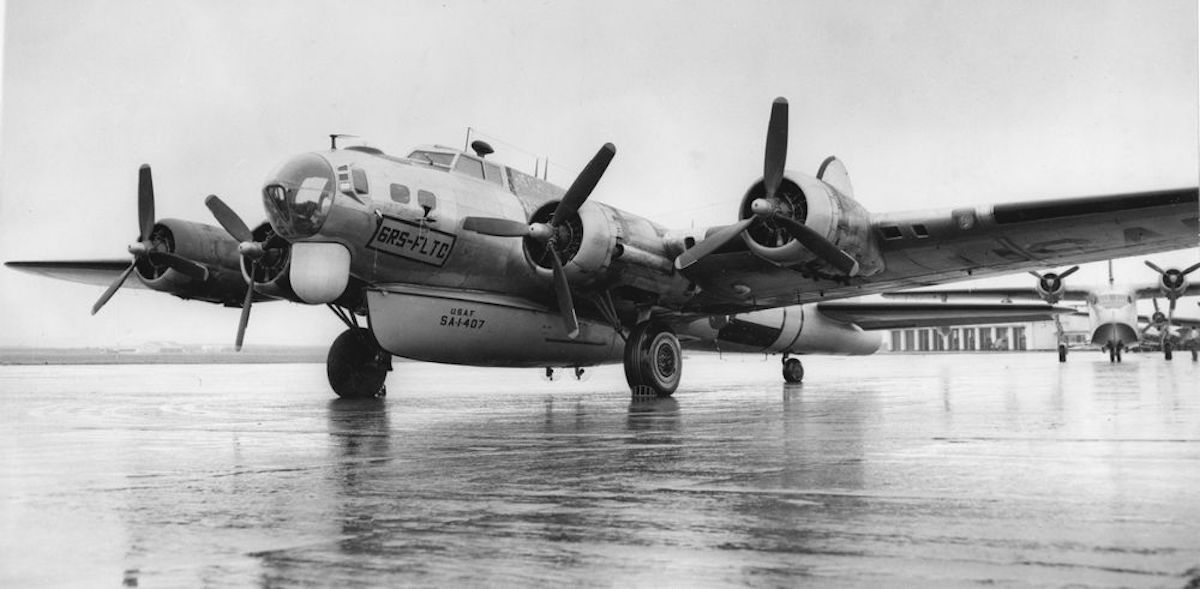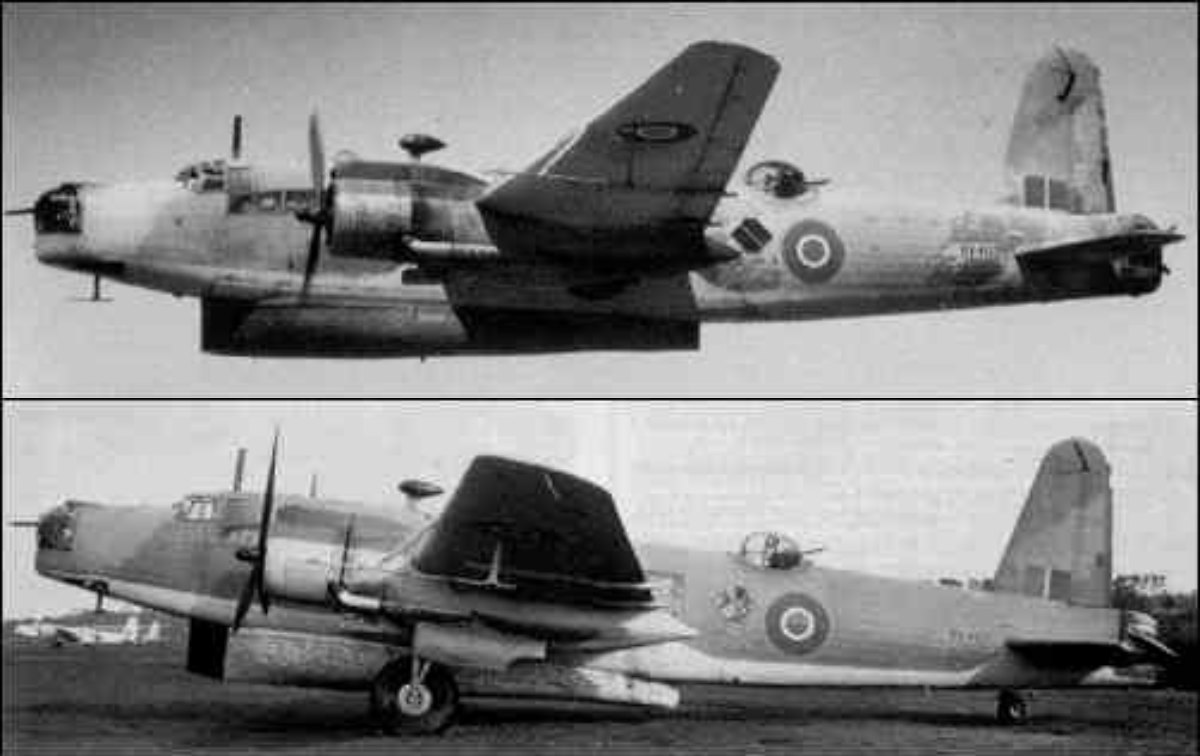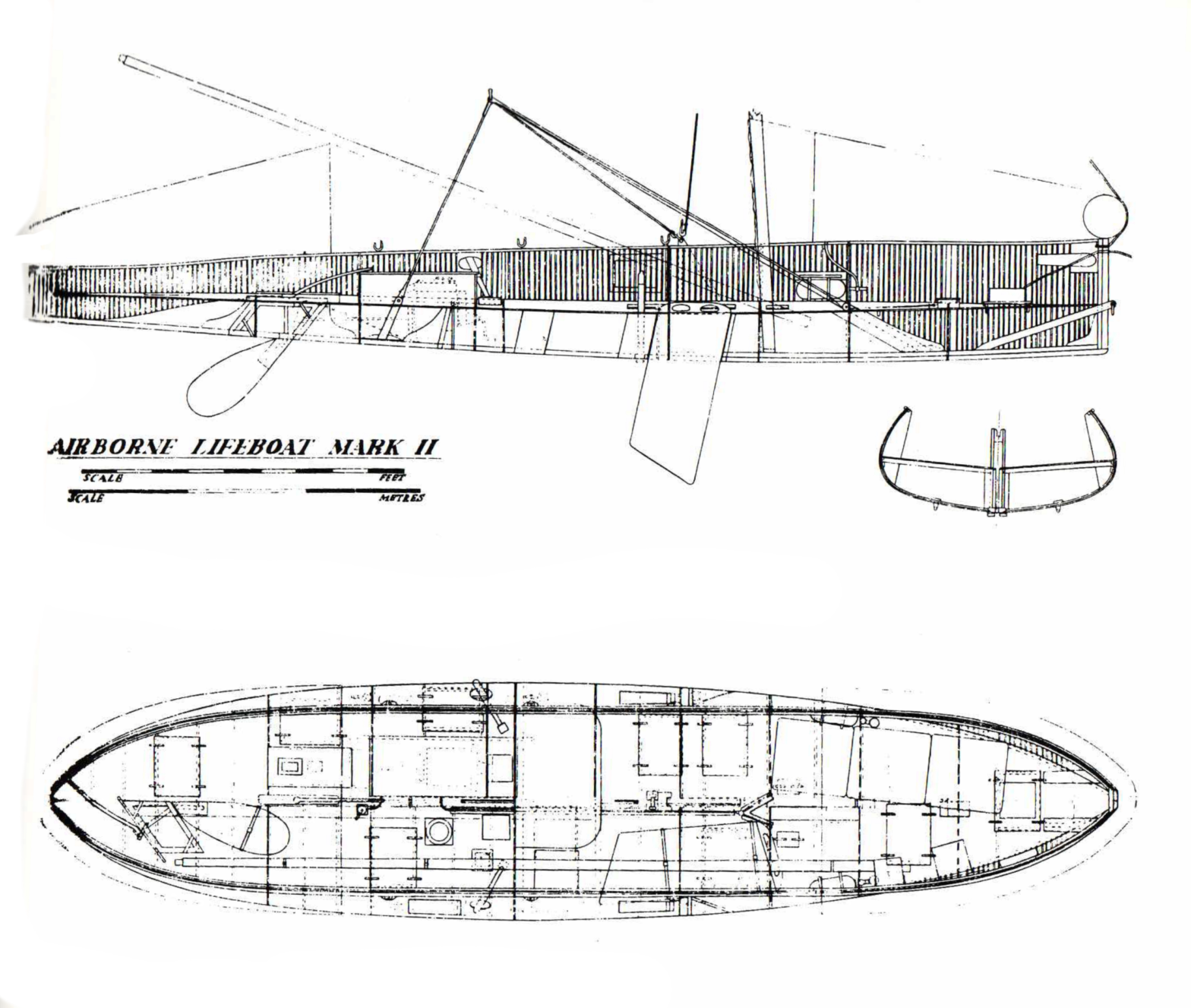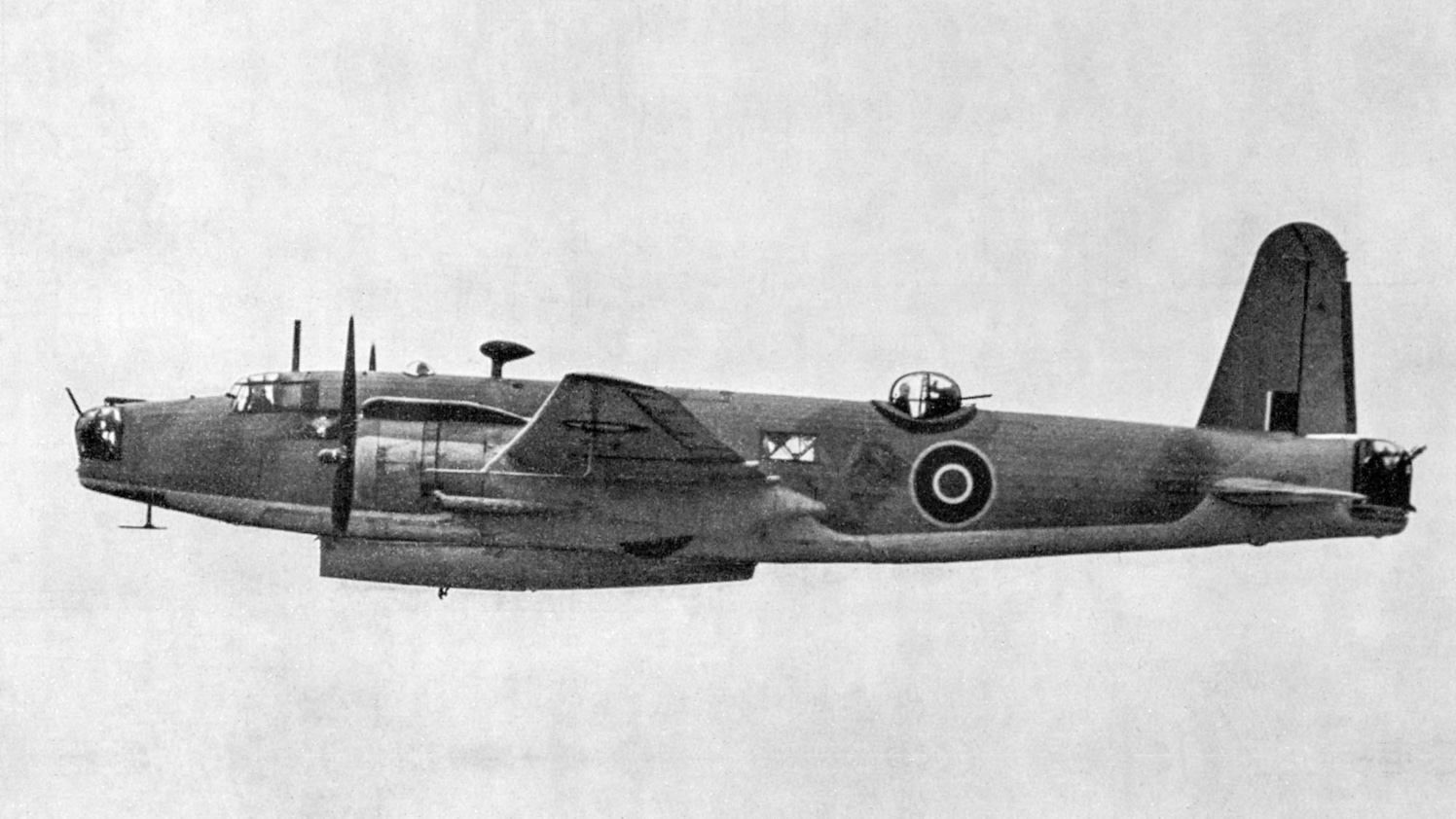In the years after the end of the war surviving lifeboats were disposed of by the Air Sea Rescue service. Many were converted to pleasure use with the Royal Air Force Sailing Association in the UK and around Europe. A good number of these were later sold into private use. The Mark I/IA in particular… Continue reading Lifeboats live on as affordable yachts
Category: ALB
Mark III design developed by Saunders Roe, Beaumaris
The wooden Mark I and Mark II hulls suffered in mediterranean and tropical climates so an alloy hull was designed. The Mark III was to be fitted to Shackletons, much larger than the Warwick which enabled them to be larger. Although fifty hulls were produced they were not used operationally..Mark III Airborne Lifeboat fitted with… Continue reading Mark III design developed by Saunders Roe, Beaumaris
Mark RN-1. The Fleet Air Arm experiment with an 18′ lifeboat on a Fairey Aviation Barracuda
One of a number of designs eminating from Uffa’s yard after the Mark I design was complete. Most were not taken forward but the Royal Navy did have a boat, RN-1, to a 17’6″ design built to trial on their Fairey Aviation Barracudas. It had to be smaller than the Mark I to fit the… Continue reading Mark RN-1. The Fleet Air Arm experiment with an 18′ lifeboat on a Fairey Aviation Barracuda
Alternative ‘Mark II’ designs in moulded plywood evaluated
Vosper and Merrom both designed and trialled moulded ply hulls during 1944. The Merron boat trials were extensive and initially favourable. Ten boats were ordered but the design was dropped after trials in 1945.
The A-1 lifeboat has been fitted to 14 American aircraft.
The USAAF created their own design with input from the RAF and Uffa. The first operational design was the A-1 and it was followed up by a series of bigger designs, mainly after the war. This site does not really deal with the US airborne lifeboats in any detail. By the end of 1944 fourteen… Continue reading The A-1 lifeboat has been fitted to 14 American aircraft.
Mark II built for Warwicks and later Mark IIa for Lancasters
The Mark II Airborne Lifeboat was six feet longer than the Mark I, taking advantage of the larger Warwick. Although fundamentally the same conceptually it had larger carrying capacity and incorporated detail improvements from experience with the Mark I. One of the most obvious was to place the propeller in a tunnel. This increased ground clearance… Continue reading Mark II built for Warwicks and later Mark IIa for Lancasters
Mark I trialled on American planes
The USAAF were interested in the Airborne Lifeboat and some early trials were made with the Mark I, supported by Uffa Fox. Several lifeboats were sent to USA from which the American A-1 lifeboat was developed. This began a series of US lifeboats for their planes.
Mark II Designs proposed by many yards
Uffa Fox had started work on his ideas for other versions of an Airborne Lifeboat immediately the Mark I was designed and probably before. The Air Ministry invited tenders from many boatbuilding companies for new designs and construction methods. Designs from Uffa Fox, Aldous Successors (Brightlingsea), The British Power Boat Company of Hythe, The Itchenor… Continue reading Mark II Designs proposed by many yards
Mark IA and Warwicks operational
The first Warwicks for Air Sea Rescue service were delivered to 280 Squadron. They were then supplied to 276, 278, 281 and 282 Squadrons in time for D-Day. The Warwick greatly improved the Air Sea Rescue capability. The Warwick was much better than the Hudson because it: carried more people and therefor more pairs of… Continue reading Mark IA and Warwicks operational
XFirst Operational drop, 279 Squadron
5th May 1943 – Three Hudsons from 279 Squadron attended the ditched crew of a Halifax (102 Squadron) returning from a raid on Germany. Their position was 85 miles East of Spurn Head. One of the Hudsons, ‘W’, was carrying an Airborne Lifeboat which was dropped to the crew.This first operational drop did not go… Continue reading XFirst Operational drop, 279 Squadron
